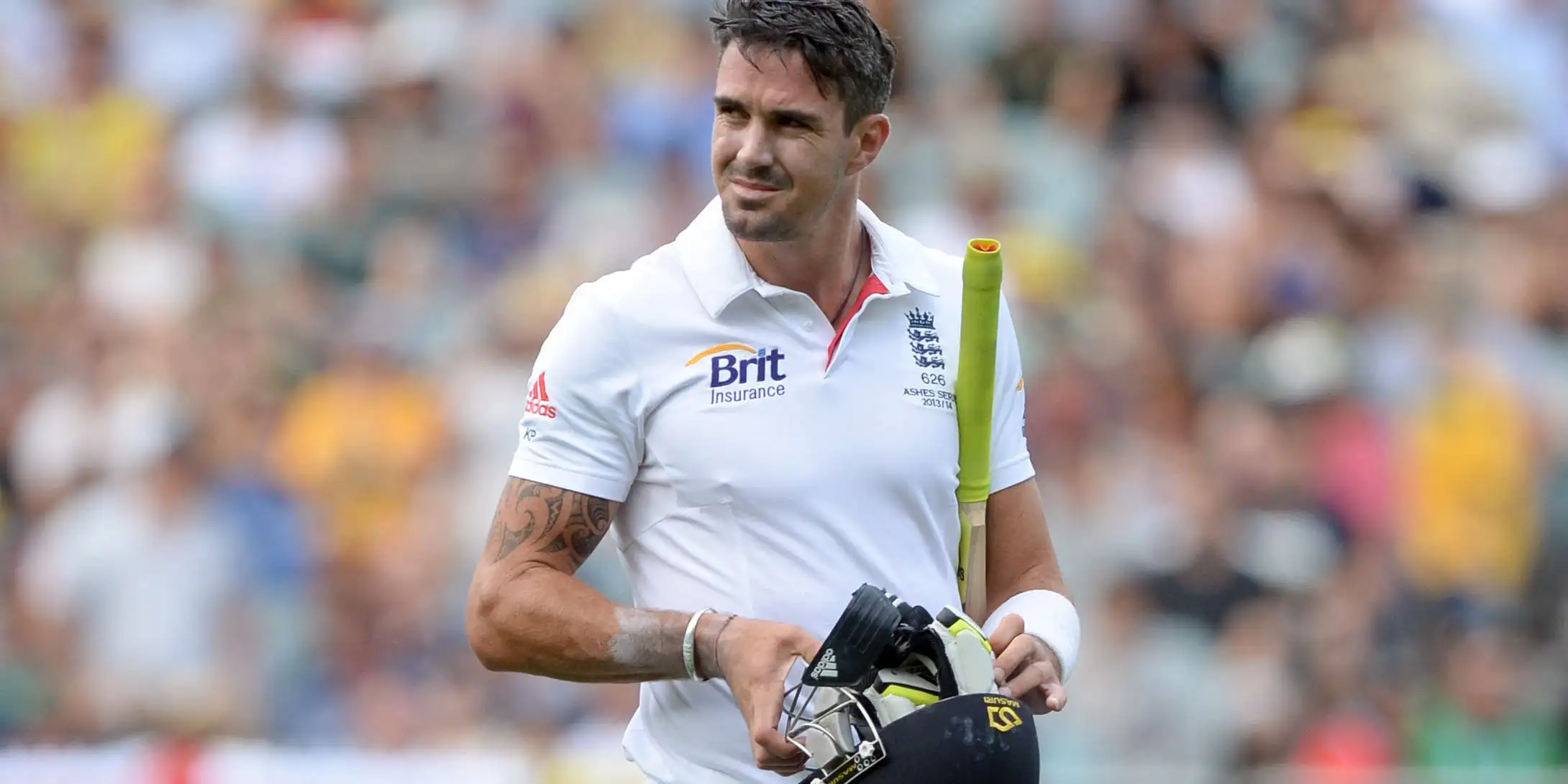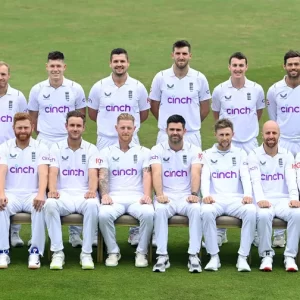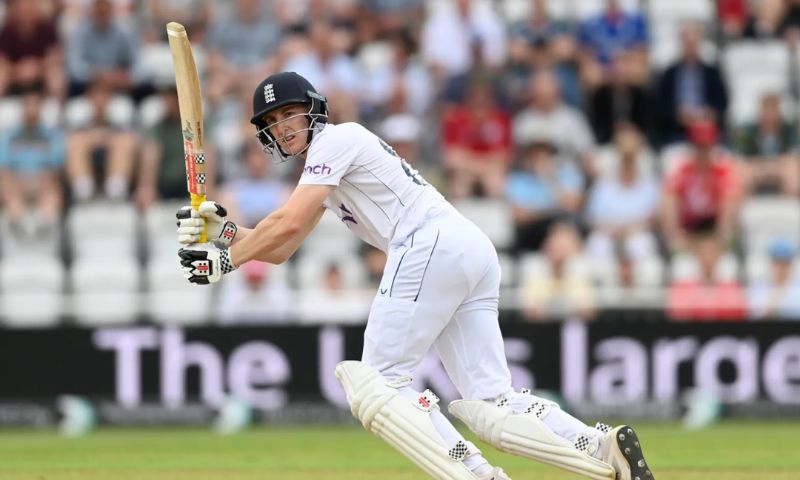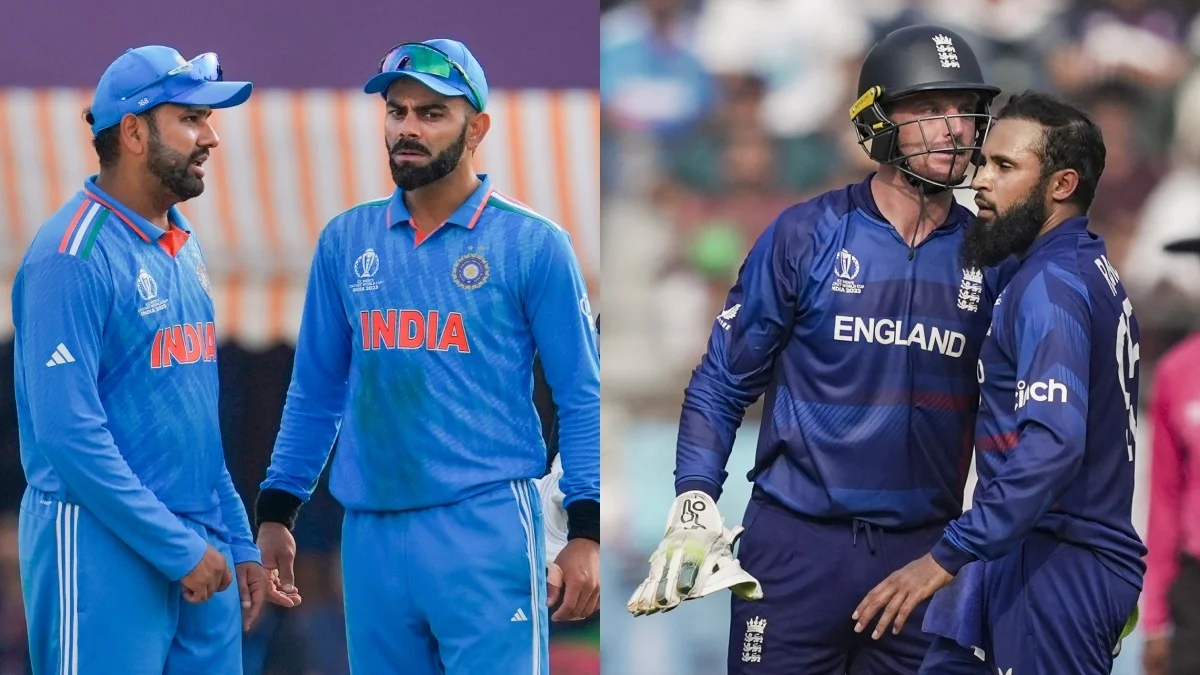The next chapter in the Kevin Pietersen autobiography is Pietersen and the textgate.
The Textgate. This will go down as Pietersen’s biggest blunder. As news caught on that KP had texted some of his South African friends during the series, Andy Flower, Andrew Strauss and Hugh Morris called him for a meeting. They asked him whether he texted the South Africans. Since, Kevin did not trust them, he said no. Later, that evening, the ECB asked KP to conduct a press briefing that he did not text the South Africans. KP said he would not because he did text them. KP was of the opinion that the ECB knew this and probably were waiting for KP to deny it so that he could be shown his place.
Flower insisted that KP release a press statement but KP again refused. He was suspicious about the long-term gameplan of the trio. Strauss asked him to admit it but all KP could tell him was that he did send messages but nothing controversial except for one where he did not defend the captain.
What happened?
After Pietersen scored 149 in one of the innings, one South African cricketer, sent a message to him on BBM – Blackberry Messenger – congratulating his innings. Earlier that day, when these two were talking while having something to eat, Strauss walked past them and did not even acknowledge them. This somewhat irked the South African who said that Strauss acted like a doos. PIETERSEN says that in South African it meant idiot and nothing close to an unparliamentary word. The English press didn’t think like that and they thought this was a cuss word. This was the jist of the textgate.
The English press hinted that Pietersen had let the South Africans know how to get Strauss out which he insists anyone playing in the second division league will know how to get him out. It is not rocket science. Pietersen is adamant that he would never give away tactical information to the opposition even if they are friends.
Friendship matters
PIETERSEN felt that Strauss and Flower somehow want to get rid of him. If he can release a press statement denying that he texted the South Africans, by discrediting him later, he can be dropped from the team forever. He was dropped for the 3rd Test at Lord’s for indiscipline and insubordination. Both Strauss and Flower did not want PIETERSEN to talk to the South Africans though they were friends. They wanted him to maintain an ambivalence towards them. It irked Pietersen who simply refused to do so. Some of the South Africans were his friends far longer than anyone in the England team.
He gives the example of the camaraderie between him and Steyn. Back in the series in 2012, when England were discussing how to handle Steyn, PIETERSEN goes out and nonchalantly, lofted him over long-off for a 6. Steyn just smiled at him because they were friends by playing in the IPL. Steyn will not smile at others in England because he does not know them. This sort of creates friction in the dressing room and makes the others think that Pietersen is not serious while playing for England. This PIETERSEN insists is nonsense because out in the field, he always wants to win. Friends or not.
The parody Twitter account
Who was running the parody Twitter account? It turns out that it was Richard Bailey, a close friend of Stuart Broad. He must have received all the information from Broad himself. Bailey told this to Alec Stewart who inturn told Pietersen and Hugh Morris. An investigation was never ordered. Broad had earlier told PIETERSEN that he never knew about the account and that he had no part in creating the account. PIETERSEN suspects, he may not have been involved in creating the account but was he involved in the actual tweets? Stuart Broad’s friend creates the parody account, which Broad follows but Broad never discusses with his friend who he thinks is a social network genius? That does not add up. The ECB chose to accept Broad’s denial and Bailey’s apology and ended the investigation without any serious methods to get to the bottom of the truth.
Wrapping up Pietersen and the textgate
PIETERSEN could not understand the double standards. A parody account ridiculing a fellow teammate and what was followed by several team members and by the wider public was treated as nothing more than a nuisance but a harmless text to a friend was seen as diabolical. PIETERSEN’s dislike for Flower reached a crescendo when Flower didn’t allow some of the players to attend a charity event that was arranged by Pietersen to support his friend who was dying from a rare form of cancer. He disliked the English dressing room and would rather be somewhere else than in the dressing room.
Autobiography
https://icricketcritique.com/kevin-pietersen-and-the-meeting/
https://icricketcritique.com/kevin-pietersen-captaincy-and-moores/
https://icricketcritique.com/pietersen-and-his-early-life/
https://icricketcritique.com/pietersen-and-the-ipl/
https://icricketcritique.com/pietersen-and-rahul-dravid/
https://icricketcritique.com/pietersen-and-county-cricket/
https://icricketcritique.com/pietersen-and-the-big-cheese/
https://icricketcritique.com/pietersen-and-controversies/
https://icricketcritique.com/pietersen-and-the-textgate/
https://icricketcritique.com/pietersen-and-his-disillusionment/
https://icricketcritique.com/pietersen-and-confronting-abuse/
https://icricketcritique.com/pietersen-and-the-final-breakdown/
https://icricketcritique.com/pietersen-and-the-final-chapter/



